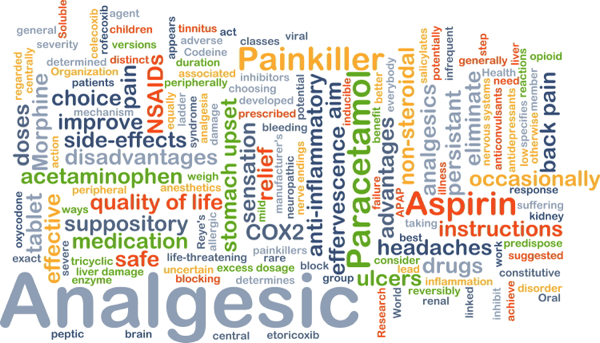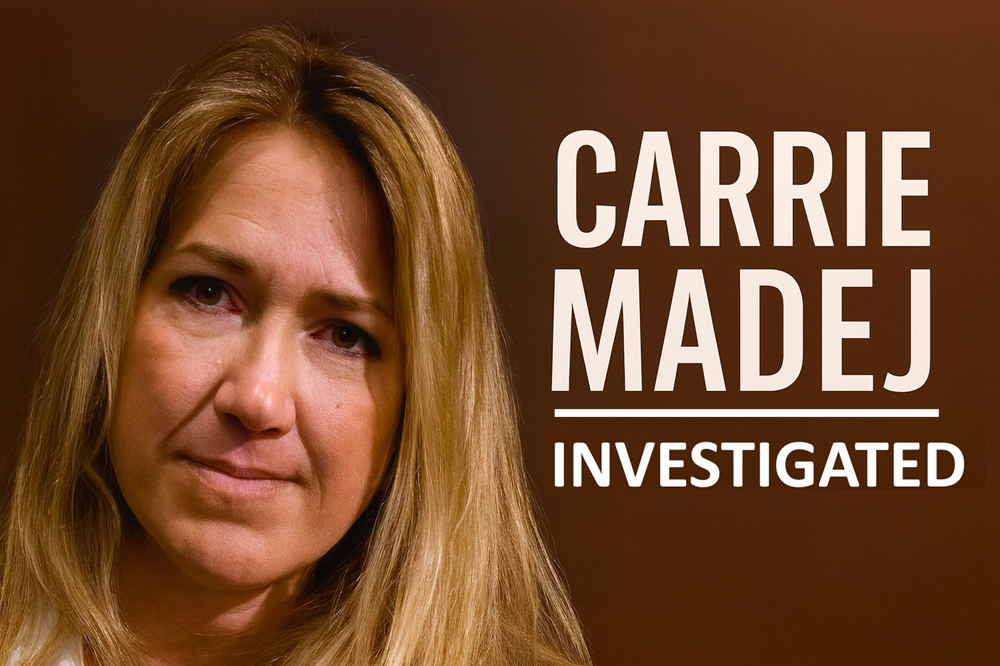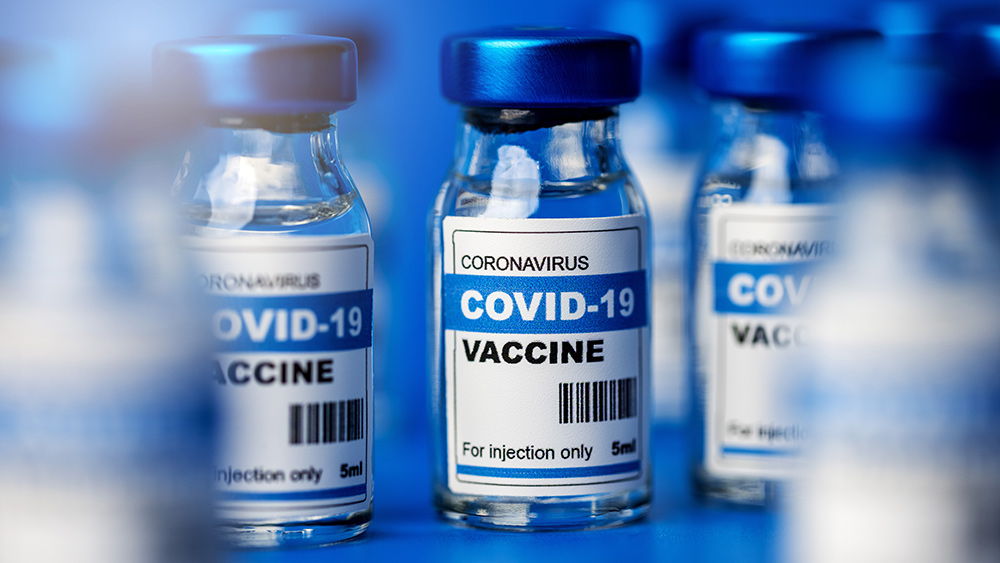Residents challenge telecom giant, exposing a national debate over wireless safety
11/19/2025 / By Willow Tohi

- A California woman won the right to intervene in a federal lawsuit after Verizon sued her county for denying a cell tower planned 100 feet from homes with children.
- The legal battle highlights growing community resistance to cell tower placements, driven by health and safety concerns that extend beyond property values.
- Scientific experts argue that federal safety limits for radiofrequency radiation are dangerously outdated, ignoring decades of research on non-thermal biological effects.
- A 2021 federal court ruling found the FCC’s refusal to update its 1996 safety guidelines was “arbitrary and capricious,” ordering it to address impacts on children and the environment.
- Mounting evidence links chronic, low-level wireless radiation exposure to a range of health issues, including cancer, neurological disorders and reproductive harm.
In the quiet foothills of Nevada County, California, a local dispute over a proposed 13-story Verizon cell tower has escalated into a federal case, placing a national spotlight on the adequacy of wireless radiation safety standards. Kristin Phalen, a resident leading the opposition, recently won the right to intervene in Verizon’s lawsuit against the county after local officials denied the permit for the tower, which would stand just 100 feet from the front doors of 12 residents, including four young children. The case underscores a deepening conflict between expanding telecommunications infrastructure and community concerns over potential health risks, challenging the foundational science that has governed wireless technology for decades.
Outdated standards, modern concerns
The core of the legal and scientific debate lies in the Federal Communications Commission’s (FCC) radiofrequency (RF) radiation exposure limits, established in 1996. These standards are based on the premise that the only harm from RF radiation is thermal—essentially, that it can cause tissue heating or burns at very high power levels. However, a substantial body of scientific research accumulated over the past 25 years demonstrates that biological harm can occur at levels far lower than those that cause heating, through mechanisms such as oxidative stress that can damage cells and DNA.
Experts point out that the FCC’s limits are largely derived from a handful of small-scale animal studies conducted in the 1970s and 1980s. These studies, which exposed a few dozen rats and monkeys to RF radiation for short periods, determined a “harmful” level based on when the animals stopped seeking food. “The radiation limits do not protect against health effects from long-term exposure,” said Theodora Scarato, executive director of the Environmental Health Trust. “It’s just outrageous.” Thousands of subsequent peer-reviewed studies have linked chronic, low-level RF exposure to a host of issues, including increased cancer risk, sperm damage, neurological effects and cognitive problems.
A landmark court ruling ignored
In a landmark 2021 decision, the U.S. Court of Appeals for the D.C. Circuit ruled against the FCC, finding the agency’s 2019 decision to uphold its 1996 guidelines was “arbitrary and capricious.” The court ordered the FCC to address the impacts of RF radiation on children, review the health implications of long-term exposure and examine the environmental effects. Despite this legal mandate, the FCC has yet to take action, prompting further legal threats from advocacy groups. The agency’s inaction means that safety testing for every wireless device—from cell phones to the infrastructure of 5G networks—continues to rely on a thermal-effects-only model that a federal court has deemed insufficient.
The 5G factor and proliferating exposure
The rollout of 5G technology has intensified these concerns. While offering faster speeds, 5G utilizes higher frequencies and requires a denser network of “small cell” antennas, often placed on utility poles close to homes and schools. This has led to increased public exposure. Furthermore, the higher-frequency millimeter waves used by 5G networks do not penetrate the body as deeply as lower frequencies, but they are absorbed within a few millimeters of human tissue, raising specific concerns about skin and eye health. A series of recent scientific case studies have documented the emergence of “microwave syndrome”—symptoms like headaches, insomnia and heart arrhythmias—in people shortly after 5G base stations were activated near their homes or workplaces.
Taking precaution into their own hands
Faced with regulatory stagnation, communities like the one in Nevada County are taking matters into their own hands. For residents like Phalen, the fight is deeply personal, driven by a desire to protect the children who would live in the shadow of the proposed tower. “I’m doing this out of love to protect the children who would be the most impacted by this,” she said. Their battle is part of a broader, grassroots movement pushing for stricter local zoning ordinances, greater transparency from telecom companies, and a more precautionary approach to the unchecked expansion of wireless infrastructure.
The standoff in California is more than a local zoning dispute; it is a microcosm of a global scientific and public health controversy. As wireless technologies become ever more embedded in daily life, the gap between the official safety assurances based on decades-old science and the mounting evidence of non-thermal harm continues to widen. The outcome of this case, and the ongoing pressure on federal regulators, could determine whether public health policy catches up to the modern reality of our wireless world or remains tethered to an obsolete understanding of its risks. The residents of Nevada County, and countless communities like it, are demanding that safety standards be built on a foundation of comprehensive, contemporary science.
Sources for this article include:
Submit a correction >>
Tagged Under:
5g, awakening, big government, Big Tech, California, Dangerous, EMF, environment, FCC, future tech, Glitch, progress, raidation, Resist, revolt, smart meter, Suppressed, telecom, uprising
This article may contain statements that reflect the opinion of the author




















